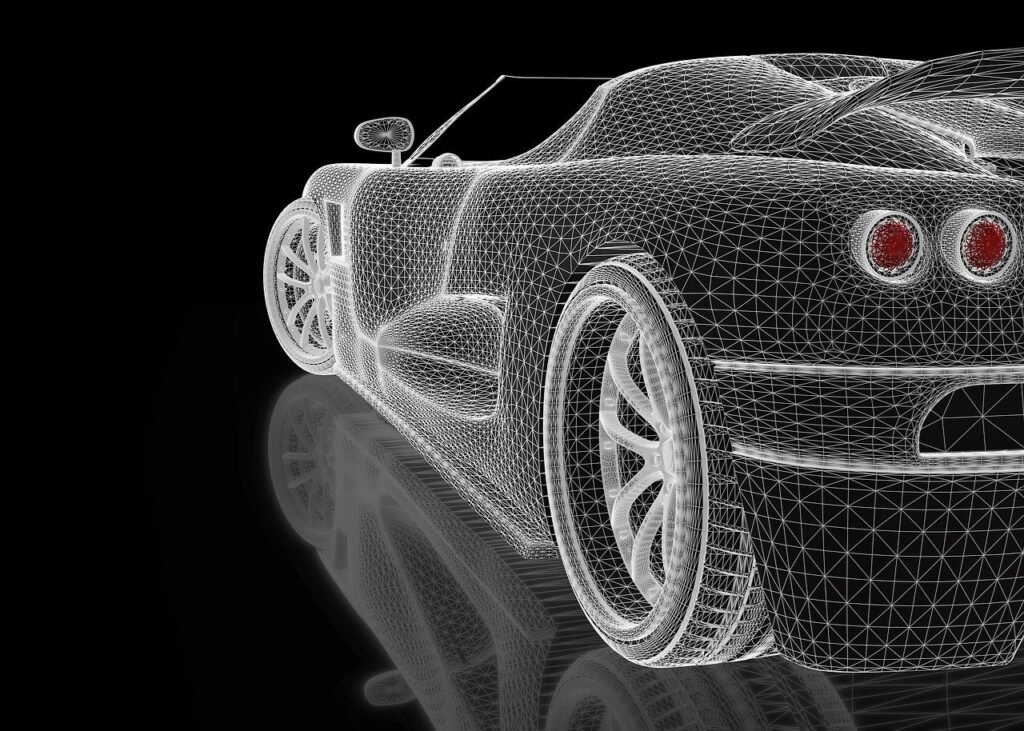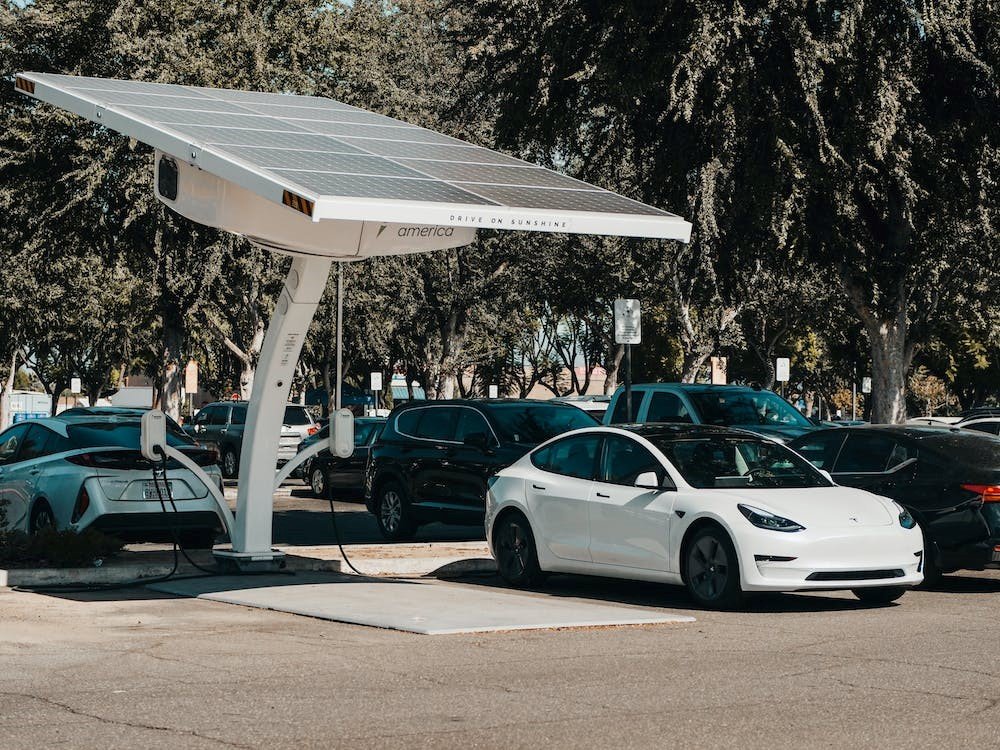
As technology continues to develop, so too is its impact on several industries, including motoring. Let’s take a look at how technology is upgrading cars as we know them, and what to look forward to in the future.
Artificial intelligence
Over the past few years, artificial intelligence (AI) has become a buzzword of sorts, rapidly increasing in popularity. As such, AI has been leveraged in a wide range of applications, most prominently, perhaps, in the entertainment industry. More specifically, AI is frequently used to aid in the creation, distribution, automation, and personalization of a wide range of different media. For example, when a player tries their hand at a casino online for real money, AI can be used to help streamline gameplay, optimize engagement, automate the sign-up process, and personalize game recommendations. The same can be said for streaming platforms, ecommerce, and more.
With this in mind, there’s no surprise that AI is making its way into the automotive industry. AI can be used to help optimize car design, improve the quality of the drive, and automate various processes within the car – particularly when it comes to the inbuilt entertainment system. What was once simply a means to listen to the radio, in-car entertainment has been transformed by technological developments, from the aux cable to USBs, bluetooth, and now AI. By combining AI with these entertainment systems, this can bolster existing voice activated functionality, and allow for longer, more complex commands.
As such, this could have a huge impact on the impact of navigation software within the car, as the AI will be better equipped to advise drivers on diversions, blockages, and more. In the future, it is this functionality that is reported to be the key in the development and operation of self-driving cars.
Electric motors
In the past decade or so, electric vehicles (EV) have risen to prominence as part of a wider effort to combat climate change. What was once a collection of basic models owned mainly by activists has developed into an extensive range of sleek sports cars, SUVs, and sedans powered by clean energy, broadening the target market to the wider population. This development is thanks to technological breakthroughs in electric motors, lithium-ion batteries, and permanent magnet machines.

That said, only 19% of drivers in the US report that it’s very or extremely likely that they next car they buy will be an EV. Those who responded against EVs cited the key factors affecting their decision as high electricity costs and lack of charging options along the roadside – in fact, nearly 80% wouldn’t buy an EV due to lack of infrastructure. With this in mind, improving accessibility to charging stations is perhaps more important than ever before.
As technology consistently improves, so too is the functionality, ride, and accessibility of EVs. Most importantly, though, is affordability, with more and more EV providers looking at new ways to make their vehicles cheaper for the masses, without compromising on the quality and aesthetic of the vehicles. With this in mind, as EVs become more advanced and affordable, the future of these motors is bright.
As you can see, technology has the potential to have a huge impact on the motoring industry in the future. But, one thing’s for sure, it will make for some great motors that are waiting for their engines to be revved.



